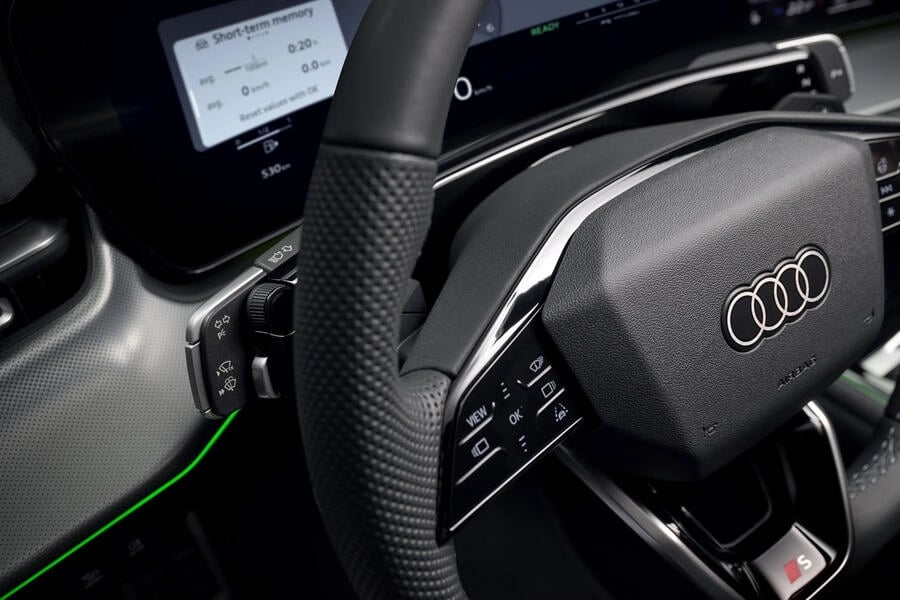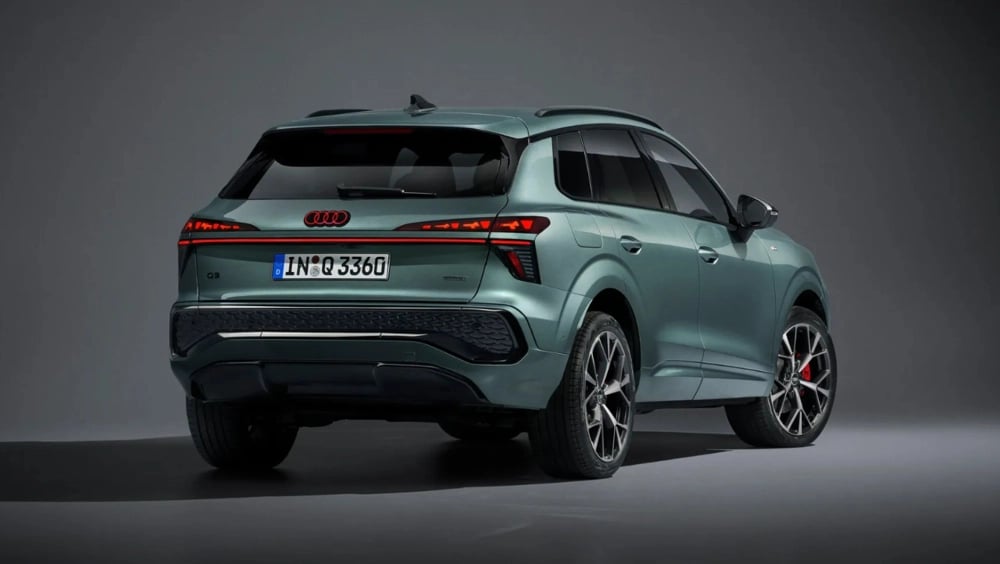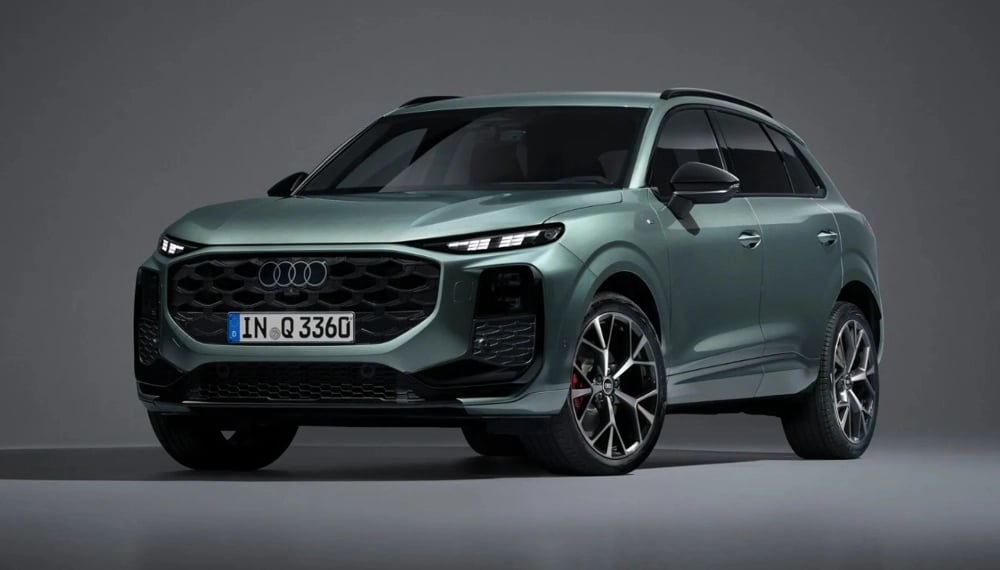Third-Generation Audi Q3 Debuts With Overhauled Interior and Distinctive Styling
Audi AG has unveiled the third generation of its Q3 compact crossover, introducing a bold redesign and a comprehensive interior reconfiguration. Since its launch in 2011, over two million Q3 units have been sold globally, positioning the model as a key contributor to the brand’s performance in the premium compact SUV segment. The new Q3 will enter the European market in September 2025, with a starting price of £38,300 (GBP), reflecting Audi’s continued push toward higher-margin, tech-enhanced vehicles in a competitive segment that includes the BMW X1 $BMW.DE and Mercedes-Benz GLA $MBG.DE.
Interior Reimagined: Functional Consolidation and Display Upgrade
The most transformative changes occur inside the cabin. Audi has eliminated conventional stalk-based controls, replacing them with a single modular control cluster positioned around the steering wheel. Dubbed the “steering wheel control module”, it centralizes functions such as:
Drive mode selection;
Lighting controls;
Windshield wiper operation;
Turn signal activation.

These are now managed through tactile buttons, while the physical ends of the control panels remain static. This configuration not only enhances cockpit minimalism but also reinforces Audi’s trend toward driver-centric ergonomics through hardware simplification. Additionally, the third-generation Q3 introduces a 12.8-inch infotainment screen coupled with an 11.9-inch digital instrument cluster, offering higher-resolution graphics and expanded interface responsiveness.
Exterior Design: Sharper Geometry and Signature Light Elements
Externally, the Q3 adopts a more angular and muscular aesthetic, deviating from the smoother, rounded design language of its predecessor. The design aligns closely with Audi’s latest visual identity seen in the new A6 Avant, particularly in its lighting architecture. Front illumination is handled by slimline LED headlights, while the rear features a full-width light bar integrated with dynamic tail lamps. The illuminated Q3 emblem, now a standard styling element across the VW Group portfolio, emphasizes Audi’s focus on brand consistency and premium detailing.

Market Implications and Brand Positioning
The strategic revamp of the Q3 reflects broader objectives within Volkswagen Group $VOW3.DE, aiming to optimize modular platforms while enhancing perceived value across core Audi nameplates. The premium compact SUV segment remains one of the most lucrative in Western and Asian markets, particularly among urban professionals and downsizing luxury consumers.
Audi’s design overhaul is also a signal to investors of its commitment to interior innovation and cost-efficient platform evolution. By consolidating control functions and updating user interface technologies, the automaker positions the Q3 to better compete in a segment where tech integration and aesthetic differentiation are increasingly decisive.

Outlook
With rising input costs, tightening emissions regulations, and heightened competition in the compact crossover space, Audi’s approach to refining the Q3’s identity while leveraging economies of scale will likely contribute to margin preservation. Its timely launch ahead of key regulatory shifts in the EU automotive market may also serve as a buffer against potential volume risk in legacy models.















Comments
Strategic investments like this are reshaping how industries approach scalable tech solutions